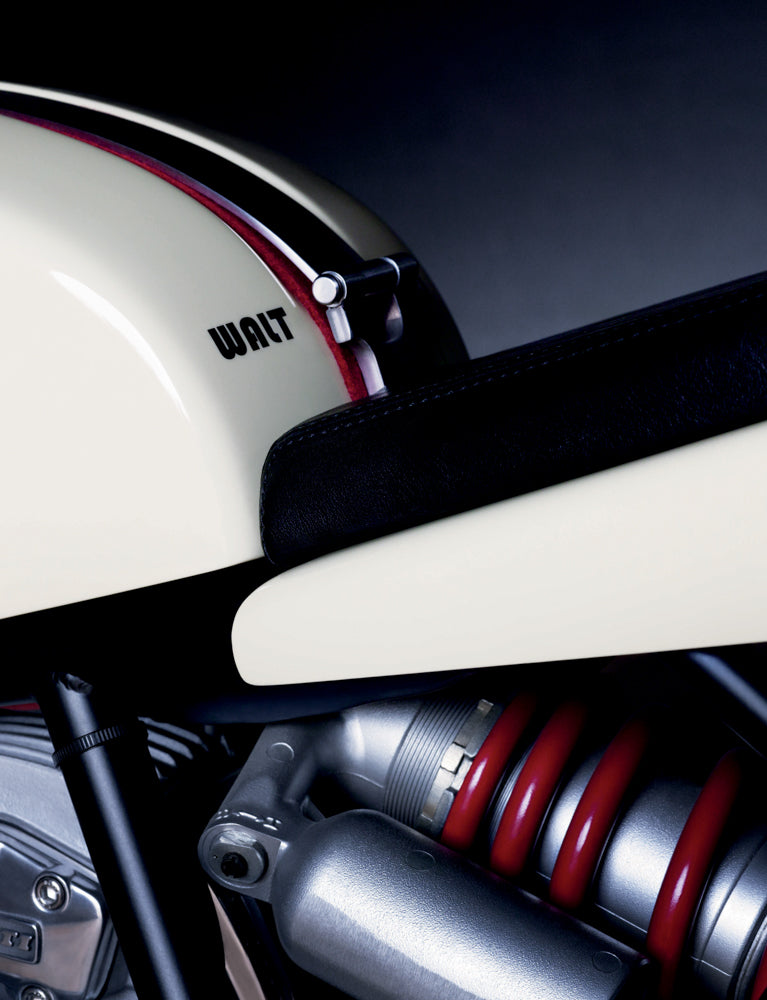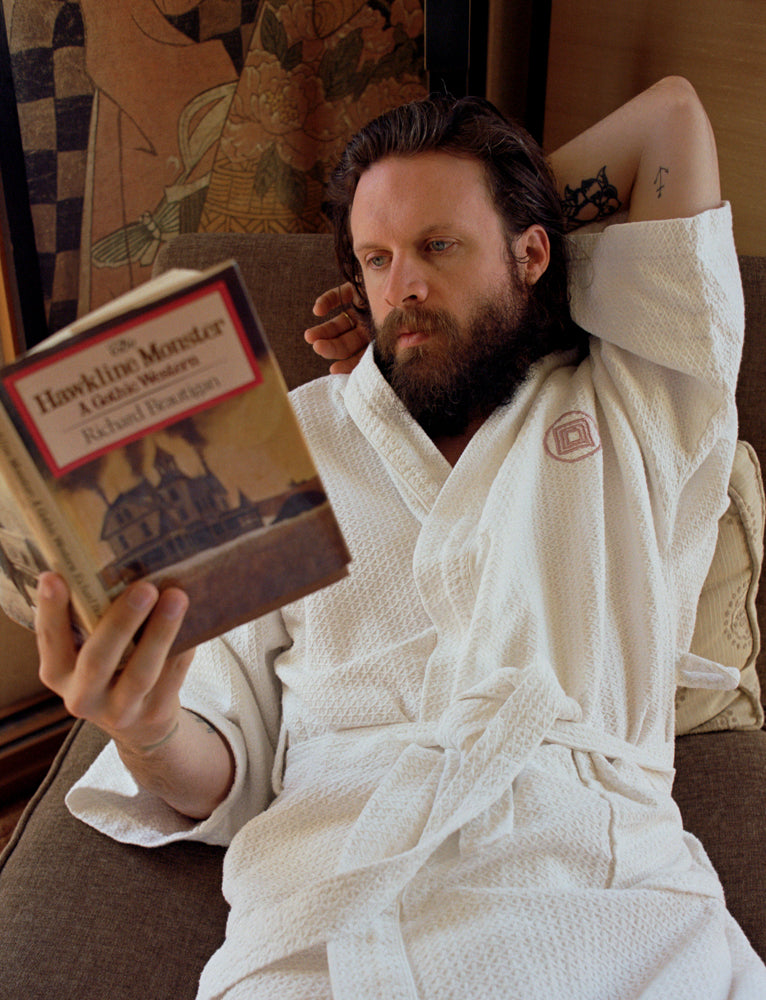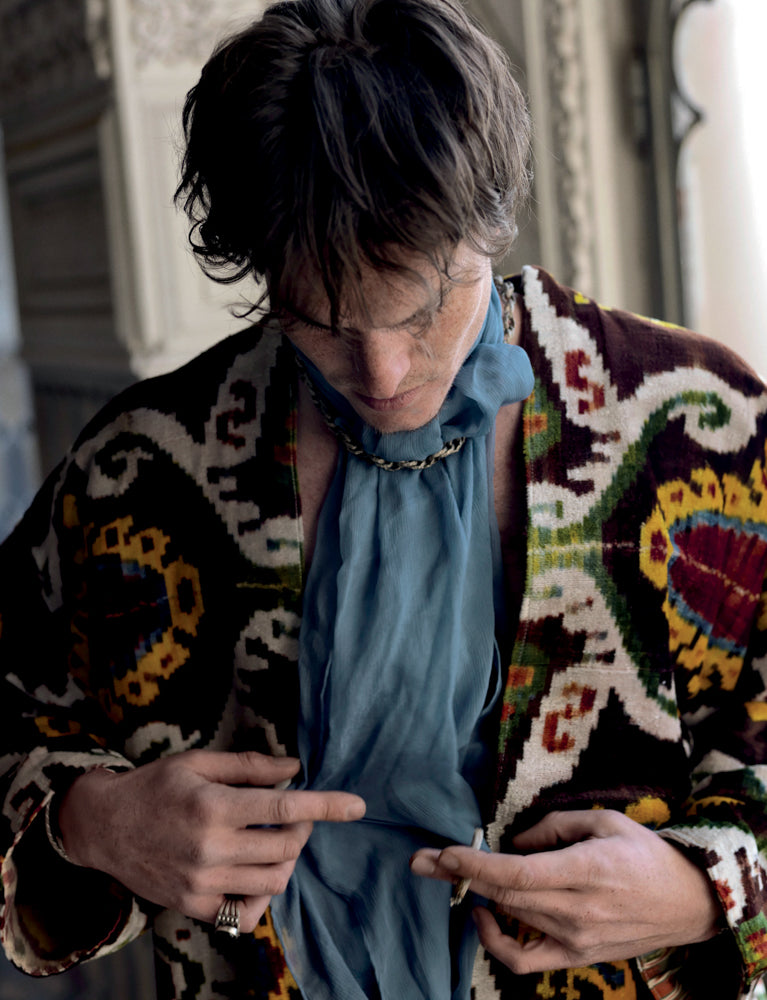
Stroke Of Genius
STROKE OF GENIUS

Walt Siegl builds a different breed of Ducati
“Walt Siegl don’t use applied art as a guide for what I’m doing,” explains on a raw, rainy April morning. “I walk around with open eyes constantly feeding my head with visuals. From watchbands to shoelaces to every detail that I see.” It’s a statement one might expect from a conceptual painter or a couture designer. Not a guy who builds motorcycles. Yet since 2007, Siegl has been handcrafting some of the most sought-after two-wheeled machines on the planet. Combining museum-worthy aesthetics and racetrack-level performance, the bikes, inspired by the café racer Ducatis of the seventies and eighties, start at $35,000 and have attracted customers such as high-tech billionaires, clothing giant Puma, and Brat Pitt (Angelina bought him one). “My clients know I’m not here to build an Orange County Chopper.”
One visit to the fifty-five-year-old’s workshop proves as such. Ground zero for Walt Siegl Motorcycles is a converted 1860s textile mill in Harrisville, New Hampshire, a bucolic, old-monied hamlet far more suited to Thoreau than Paul Teutul Sr. One side of the high-ceil-inged, 1800 square-foot space houses metalworking tools: tubing bender, welding table, drill presses, miter cutter, planishing hammer, Bridgeport mill, and a massive lathe. On the other side sits measurement tables, shelves stocked with parts, and penciled sketches of gas tanks and WSM logos. Throughout the floor are motorcycles. Ducatis, to be precise. Two race bikes (Siegl’s), seven projects in various stages, and three exquisite finished products to be shipped later in the week to Seattle, Los Angeles, and British Columbia.



“I ask them what colors they like, what shoes, what sort of watches they wear.”
In the center of it all stands Siegl. Tall and lanky with a thick salt-and-pepper coiffure, he does not look the part of gearhead. He dons not coveralls but a Taylor Stitch blue button-down, skinny, cuffed Nudie jeans, and Wesco boots. The only hint of his profession is the grime under his fingernails. “I’m here every morning around eight thirty,” he says with a still-distinct Austrian accent. “But my mind is on motorcycles twenty-four seven.”
His path to Harrisville had as many turns as the Autobahn. Born in Frietberg, in southeastern Austria. Art school in Graz. Unloading crates on the Marseilles docks. A twenty-four-month metalworking apprenticeship in Herne, Germany. Constructing stainless steel tanks in Padua, Italy. A year selling factory complexes in the USSR. The one common thread throughout all those years? Motorcycles. Riding, racing, and repairing.
In 1984, at twenty-four, he landed a gig with the Austrian Cultural Institute (part of the Austrian Foreign Service) and found himself living on Manhattan’s Lower East Side. One afternoon, he bought a ’68 Harley Sportster carcass for $600 from a local who had it stored in milk crates. Siegl rebuilt it and was hooked. For the next two decades, when he wasn’t at the office or on the racetrack (he competed at the club level), he was crafting bikes at the Long Island City space he shared with a bunch of artists. In 2006, gentrification swallowed up his studio, and the Austrian Foreign Ministry wanted him to relocate to Vienna or Rome. Instead, he and wife Laura packed up and headed to the Live Free or Die state to start Walt Siegl Motorcycles. “I miss the diversity of the city,” he admits. “And the Japanese food.”



“Nothing on my bikes is by accident. Every little detail is thought out.”
To explain his process, Siegl strolls over to the Seattle-bound bike he named ‘Leggero,’ (‘light’ in Italian), a green, polar white and red colored machine with a Kubrick-esqe Space Odyssey fairing. “When I first meet a client there is a lot of back and forth,” he explains. “I ask them what colors they like, what shoes, what sort of watches they wear.” Where others might use CAD or Photoshop to create a design, Siegl, as always, relies on his personal mainframe. “I do it all in my head,” he says, citing Gerhard Richter and actionist Paul McCarthy as influences. “I picture the bike like a filmmaker or sculptor would.” Once he has the vision, the labor begins. He begins by completely deconstructing a pre-owned Ducati (he will on occasion use other manufacturers). Then Siegl personally hand crafts every possible part, using only the best possible materials: chrome, moly steel, carbon fiber, magnesium wheels, Aston Martin leather, and titanium nuts and bolts. “Nothing on my bikes is by accident,” he explains. “Every little detail is thought out.”
The details do not only apply to appearance. These bikes can move. “Functionality is as important as the aesthetic, if not more,” says Siegl. This commitment to mechanical integrity stems from his track days. Ducati tech and old friend Bruce Meyer rebuilds every air-cooled engine. Chassis are not just lighter but stronger and perfectly balanced. “Lots of custom bikes look fantastic but you couldn’t ride them to the end of the block,” says Aran Johnson, Siegl’s lone assistant, who handles the bikes’ electronics. “Every one of these bikes could perform on the track.” Proof? Last year one of his clients won a race at nearby New Hampshire Motor Speedway on a Walt Siegl special.
As for the future, Siegl foresees steady growth but has no plans to go mainstream. Crafting each bike by hand–his hand–takes time. Prohibits mass production. In 2014 he built nine bikes; this year he hopes for eleven. Retaining the integrity of his craft is more important than the bottom line. Some aspects cannot be compromised. For example his bikes’ occupancy. They are built for one rider and one only. “If a client wants a friend to come for a ride,” says Siegl with a laugh, “he’ll just have to buy another bike.”



